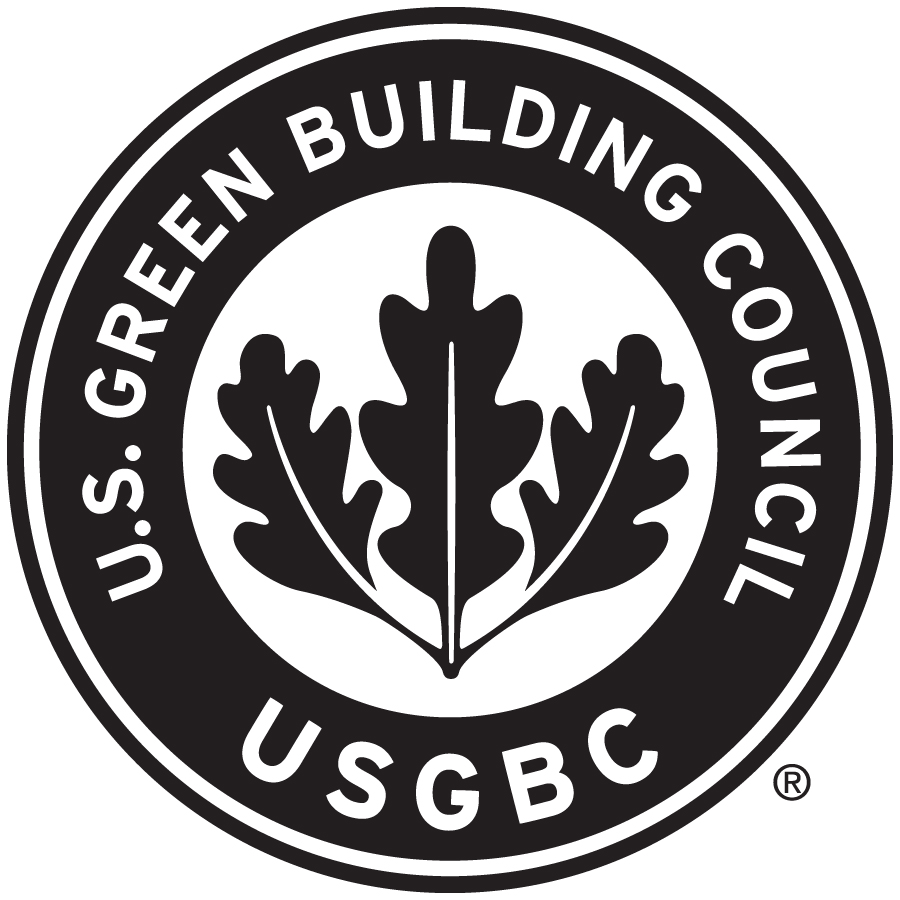
Why Is Sound An Essential Element Of Indoor Environmental Quality?
Acoustic comfort is important for the wellbeing, comfort, satisfaction, and productivity of the people inhabiting indoor spaces.
The first classification of acoustical performance values was developed in the 1990's by UL, the global independent safety science company. As a result, the bar was raised industry-wide to ensure building owners and occupants could count on receiving the acoustical ceiling performance they specified.
More so, the development of guidelines for the built environment – like LEED®, WELL Building Standard, and others – highlights the significance of health and wellness for both people and the planet. The importance of acoustics for building occupants is front-and-center as part of the indoor experience and environmental quality.
Armstrong is a leader in the acoustics community, paving the way by working hand-in-hand with the experts at UL, LEED, and more for the past three decades. Explore more about the impact and importance of sound.
The Impact of Sound
Indoor Environment Quality – Sound
A healthy space equals improved indoor environmental quality (IEQ). IEQ consists of multiple facets, including sound. Learn how sound impacts overall occupant wellbeing.
The Importance of Acoustics

Acoustical Society of America (ASA)
Since its inception in 1929 the Acoustical Society of America (ASA) has attracted members from various fields related to sound – including physics; electrical, mechanical, and aeronautical engineering; oceanography; biology; phsyiology; psychology; architecture; speech; noise and noise control; and music.
Armstrong works closely with the ASA for the betterment of the built environment. A notable example is the creation of the classroom acoustics standard certified by the American National Standards Institute (ANSI).
ANSI Standard S12.60 for Classroom Acoustics addresses the issues of both reverberation time and background noise and their effect on speech intelligibility by placing maximum permissible levels on each.*


U.S. Green Building Council & LEED® Certifications
The U.S Green Building Council (USGBC) is committed to transforming how our buildings are designed, constructed, and operated through LEED, the world’s most widely used green building system. USGBC’s mission is to enable an environmentally and socially responsible, healthy, and prosperous environment that improves the quality of life.
LEED certified buildings are proven to save money, improve efficiency, lower carbon emissions, and create healthier places for people. They are a critical part of addressing the climate crisis, meeting ESG goals, enhancing resilience, and supporting more equitable communities.
The USGBC and the LEED certification programs recognize the vital importance of acoustics and include a variety of acoustical credits, driving the mission and vision of enhanced indoor environmental quality and occupant satisfaction.